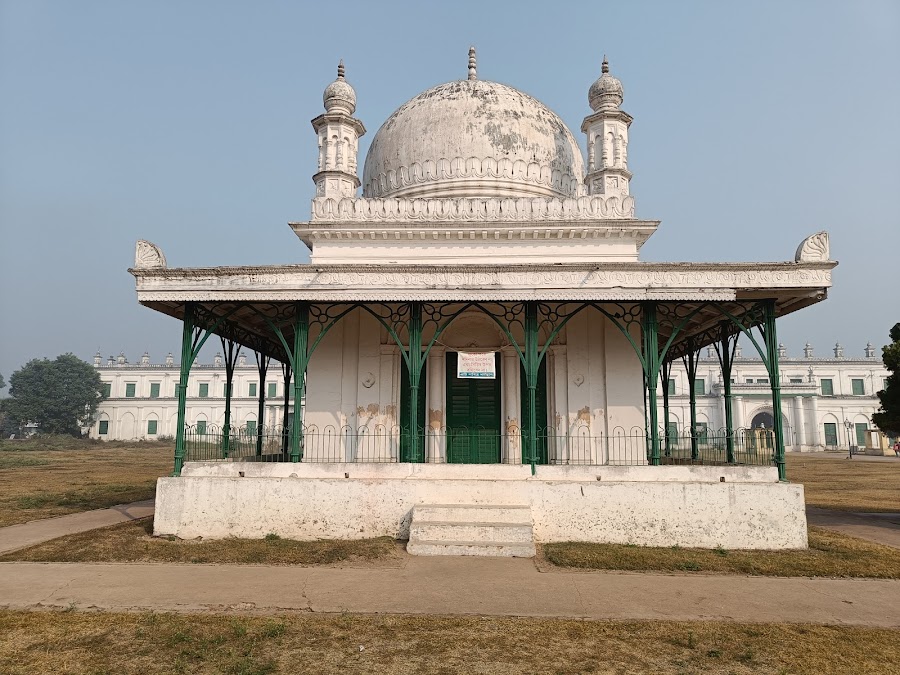
Medina Masjid
Murshidabad, India
- Admire the architecture and design.
- Explore the surrounding gardens.
- Learn about Nawab Siraj-ud-Daulah.
- Offer prayers at the mosque.
- Take photographs of the mosque.
Known for:
Description:
The Medina Masjid in Murshidabad is a significant religious and historical site, attracting tourists and devotees alike. Its simple yet elegant architecture reflects a blend of Mughal and local styles. The mosque provides a serene atmosphere for prayer and contemplation. Visitors can admire the intricate details of the structure, including its domes, minarets, and the surrounding gardens. It stands as a testament to the rich cultural heritage of Murshidabad, offering a glimpse into the region's past. The mosque is well-maintained and accessible, making it a worthwhile stop for those exploring the historical landmarks of the city. Photography is generally allowed, enabling visitors to capture the beauty of the mosque and its surroundings. Remember to dress modestly when visiting.
History:
The Medina Masjid holds historical importance as it is believed to contain the soil brought from the holy city of Medina. It was constructed by Nawab Siraj-ud-Daulah, the last independent Nawab of Bengal, Bihar, and Orissa. The mosque was intended to be a grand structure, but construction was halted after the Nawab's defeat in the Battle of Plassey in 1757. Consequently, it remained unfinished, adding to its unique character. The mosque stands as a poignant reminder of the Nawab's reign and the tumultuous events that shaped the region's history. The incomplete structure serves as a symbol of unfulfilled dreams and the end of an era. The site continues to be venerated and visited, preserving the memory of Siraj-ud-Daulah and the legacy of Murshidabad's Nawabi past.